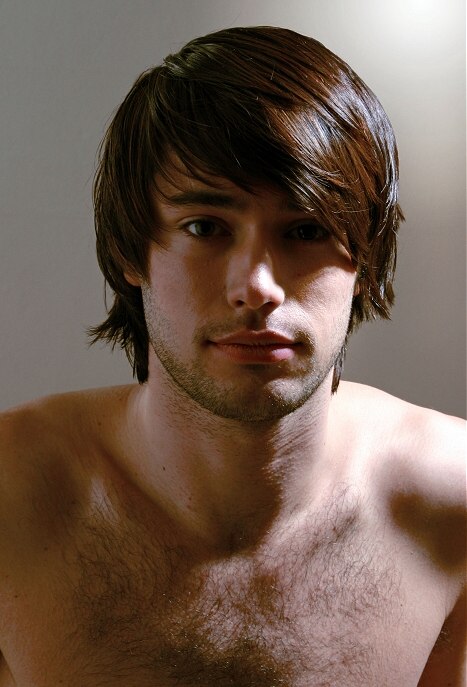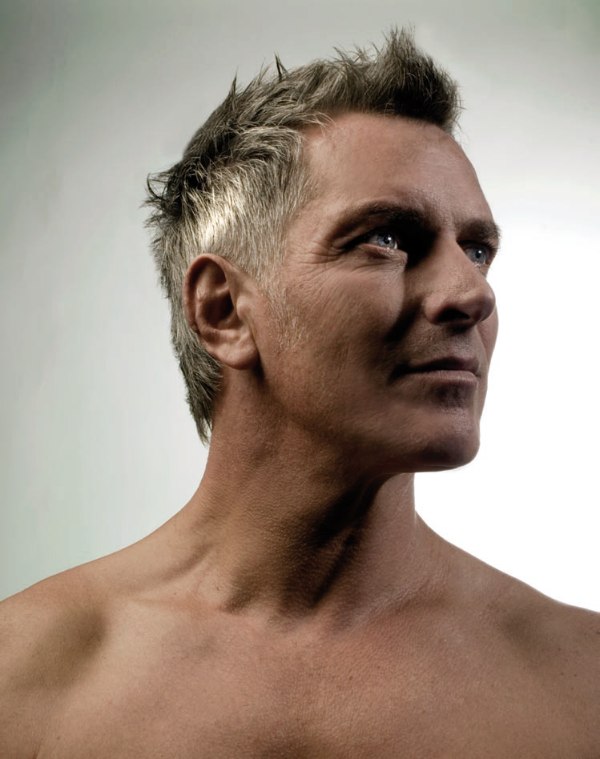Sexy Hairstyles For Men
For teenage girls and young women the crop top was often worn, sometimes with a halter neck or else tied in a knot above the midriff. The jersey wrap dress, first designed by Diane von Fürstenberg in 1972, became an extremely popular item, as it flattered a number of different body types and sizes, and could be worn both to the office, as well as to nightclubs and discos. Another trend for both sexes was the fitted blazer, which flared slightly at the hip. It came in a variety of fabrics, including wool, velvet, suede, and leather. The buttons were covered and the lapels wide. Platform shoes with soles two to four thick became the style for both men and women. Men's ties broadened and became more colourful, as did dress shirt collars and suit jacket lapels. The decade began with a continuation of the hippie look from the 1960s. Jeans remained frayed, and the Tie dye shirts and Mexican peasant blouses were still popular. In addition to the mini skirt, mid-calf-length dresses called "midis" and ankle-length dresses called "maxis" were also worn in 1970 and 1971, thus offering women three different skirt lengths. 1970s fashion , which began with a continuation of the mini skirts, bell-bottoms and the androgynous hippie look from the late 1960s, was soon sharply characterized by several distinct fashion trends that have left an indelible image of the decade commemorated in popular culture. These include platform shoes which appeared on the fashion scene in 1971 and often had soles two to four inches thick. These were worn by both men and women. Wide-legged, flared jeans and trousers were another fashion mainstay for both sexes throughout most of the decade, and this style has been immortalised in the 1977 film Saturday Night Fever, which starred John Travolta. The "disco look", complete with three-piece suits for men and rayon or jersey wrap dresses for women, which the film further popularized, lasted until it was gradually replaced by punk fashion and straight, cigarette-legged jeans. Platform shoes gave way to mules and ankle-strapped shoes, both reminiscent of the 1940s, at the very end of the decade. By the mid-1970s hip-huggers were gone, replaced by the high-waisted jeans and trousers with wide, flared legs. In Britain, they were often referred to as "Loon pants". These lasted until the end of the decade when the straight, cigarette-leg jeans came into vogue.






















No comments:
Post a Comment